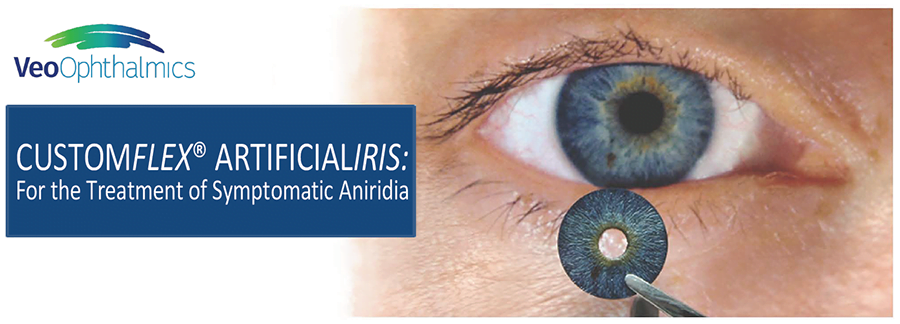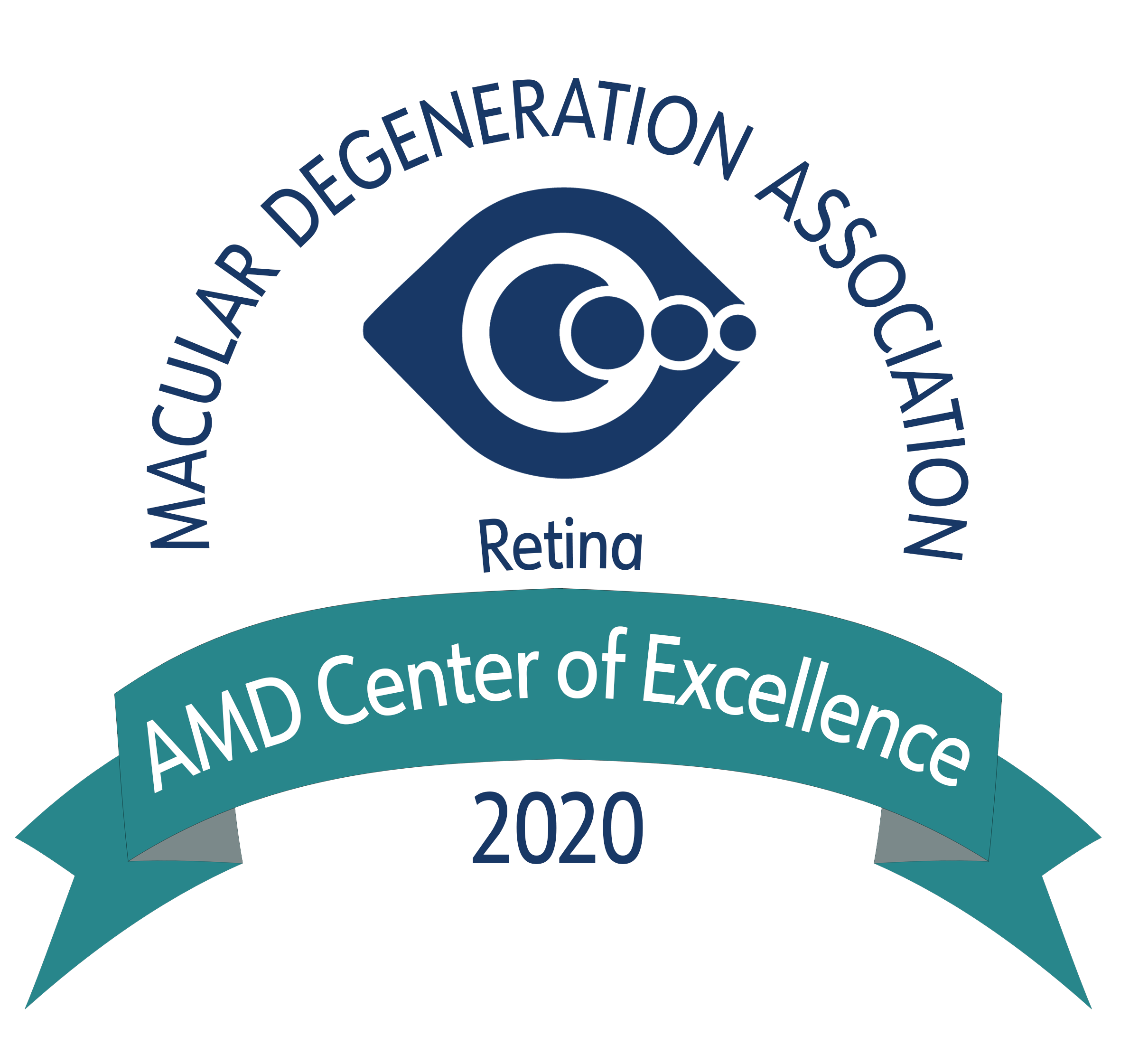Macular degeneration is an eye disorder that damages the center of the retina, which is called the macula. This makes it difficult to see fine details.
At first you may not have symptoms. As the disease progresses, your central vision may be affected.The most common symptom in dry AMD is blurred vision. This is limited to the center of the field of vision. Often objects in the central vision look distorted and dim, and colors look faded. A patient may have trouble reading print or seeing other details, but can generally see well enough to walk and perform most routine activities.As the disease becomes worse, you may need more light to read or perform everyday tasks. The blurred spot in the center of vision gradually gets larger and darker. In the later stages, you may not be able to recognize faces until people are close to you.AMD typically does not affect side (peripheral) vision. This is very important, because it means you will never have complete vision loss from this disease.The most common early symptom of wet macular degeneration is that straight lines appear distorted and wavy. You may also notice a small dark spot in the center of your vision that gradually gets larger. Central vision loss can occur very quickly. If this occurs, you urgently need evaluation by an ophthalmologist with experience in retina disease.
No treatment exists for dry macular degeneration. However, a combination of vitamins, antioxidants, and zinc may slow the progression of the disease. This combination of vitamins is often called the “AREDS” formula. Smokers should not use this treatment.The recommended supplements contain:
- 500 milligrams of vitamin C
- 400 International Units of beta-carotene
- 80 milligrams of zinc
- 2 milligrams of copper
Although there is no cure for wet AMD, treatments may include:
- Laser surgery (laser photocoagulation) — a small beam of light destroys the abnormal blood vessels.
- Photodynamic therapy — a light activates a drug that is injected into your body to destroy leaking blood vessels.
- Special medications that slow the formation of new blood vessels in the eye (anti-angiogenesis, anti-VEGF therapy) — drugs such as bevacizumab (Avastin) and ranibizumab (Lucentis) are injected into the eye to stabilize or improve vision. This is a painless process.
- Low-vision aids (such as special lenses) and therapy can help you use the vision that you have more effectively, and improve your quality of life.
The retina is the layer of tissue at the back of the inner eye. It changes light and images that enter the eye into nerve signals that are sent to the brain. The macula is the part of the retina that makes our vision sharper and more detailed.Macular degeneration is caused by damage to the area around blood vessels that supply the macula. This change in the blood vessels damages the macula.Two phases of macular degeneration (AMD) exist:
Dry macular degeneration occurs when the blood vessels under the macula become thin and brittle. Small yellow deposits, called drusen, form under the macula. As these drusen increase in size and number, they create a blurred and dim spot in the central vision of the eye. Almost all people with macular degeneration start with the dry form.
Wet macular degeneration occurs in only about 10% of people with macular degeneration. Brittle vessels break down and new abnormal and very fragile blood vessels grow under the macula. This is called choroidal neovascularization. These vessels leak blood and fluid, which leads to damage of the macula. Although only about 10 percent of people with macular degeneration have this form, it causes most of the vision loss associated with the condition.
Scientists aren’t sure what causes AMD. The disease is most common in people over 60, which is why it is often referred to as age-related macular degeneration.In addition to heredity, other risk factors are:
- Caucasian race
- Cigarette smoking
- High-fat diet
- Female gender
- Obesity
If you are over age 60 and you’ve had changes in vision, your eye care provider will do an examination. During the exam, the doctor will use drops to enlarge (dilate) your pupils, and a special lens to view your retina and optic nerve.The doctor will look for changes in the blood vessels and the membrane that surrounds them. This may show drusen, the yellow deposits that form on this membrane in dry macular degeneration.You may be asked to cover one eye and look at a pattern of lines called an Amsler grid. If the straight lines appear wavy, it may be a sign of AMD.Other tests for macular degeneration may include:
- Fluorescein angiogram
- Optical Coherence Tomography (OCT)
Most people with mild dry macular degeneration will not have disabling central vision loss. However, there is no way to predict who will progress to a more severe form of the disease.The wet form of macular degeneration often leads to significant vision loss.Although macular degeneration can cause people to lose the ability to read, drive a car, and recognize faces that are not very close-up, it never causes complete blindness. This disorder results in the loss of central vision only — macular degeneration cannot cause peripheral vision loss.Nearly everyone with macular degeneration can get around, eat, perform personal hygiene, and do other routine activities without too much difficulty.
Although there is no known way to prevent macular degeneration, lifestyle factors can reduce your risk of developing the condition:
- Don’t smoke
- Eat a healthy diet that is high in fruits and vegetables and low in animal fat
- Exercise regularly
- Maintain a healthy weight
- See your eye care professional regularly for dilated eye exams.
Loss of central vision may interfere with many daily activities, such as reading, working on the computer, or driving. You may need extra light or magnification to perform many of your normal activities.








